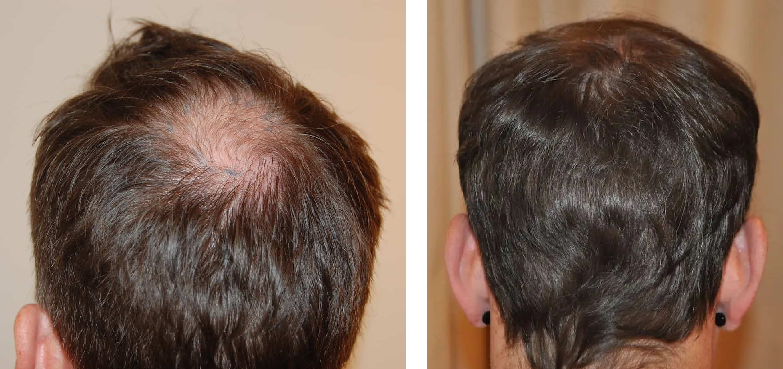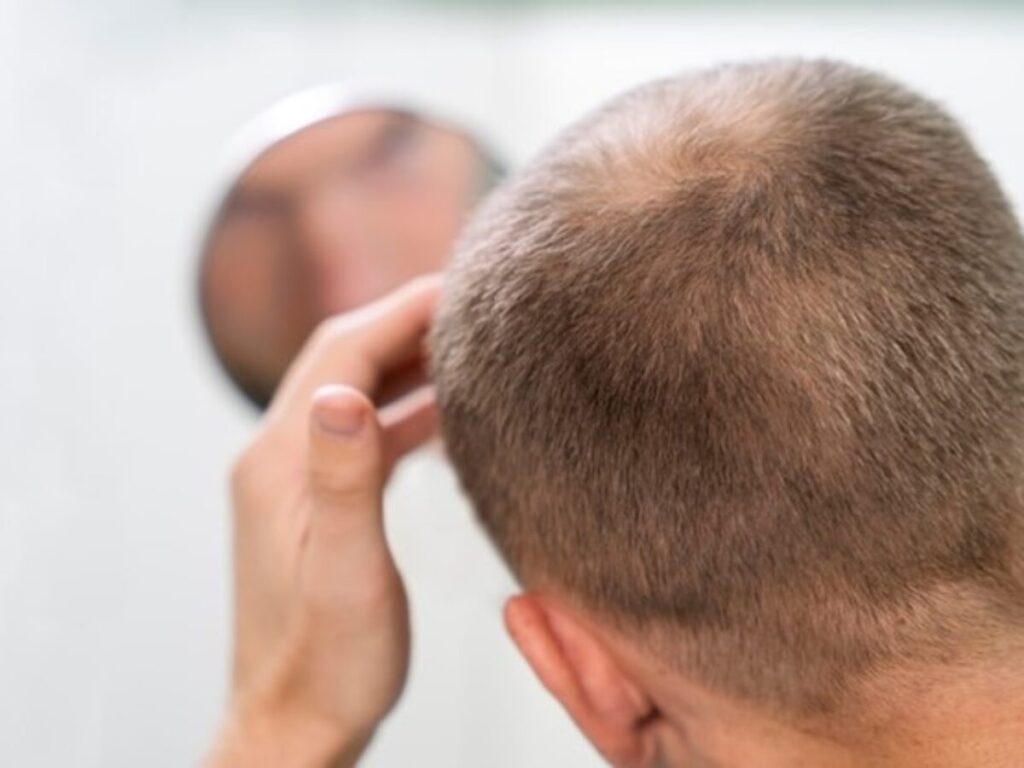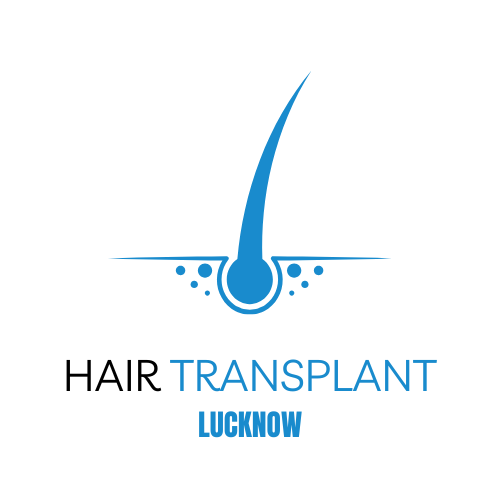Hair transplants have become a popular solution for hair loss, offering long-term results for those struggling with baldness or thinning hair. However, many people wonder, “Does transplanted hair fall out?”
This shedding is a normal part of the healing process, and the transplanted hair eventually regrows stronger and healthier. Below, we’ll explain why transplanted hair falls out, how long it takes to grow back, and what to expect after the procedure.

Why Does Transplanted Hair Fall Out?
After a hair transplant, it is common for the newly implanted hair to shed. This process, known as shock loss, occurs because the hair follicles temporarily enter a resting phase after being relocated. The transplanted follicles are still healthy and intact beneath the scalp, but the hair shafts fall out due to the stress of the procedure.
Stages of Hair Transplant Growth
Understanding the hair growth cycle helps clarify why shedding occurs:
Shedding Phase (0-3 Weeks Post-Surgery)
- Within the first few weeks, the transplanted hair may begin to shed.
- This is a natural response to the trauma of the transplant and does not indicate failure.
Dormant Phase (1-3 Months Post-Surgery)
- The follicles remain in a resting phase with little to no visible growth.
- This period can be frustrating, but it is a normal part of the healing process.

Regrowth Phase (3-6 Months Post-Surgery)
- New hair begins to grow, though it may appear thin and fine initially.
- Gradually, the hair becomes thicker and more natural-looking.
Full Growth Phase (8-12 Months Post-Surgery)
- The transplanted hair reaches its full density and blends naturally with existing hair.
- Hair continues to grow just like natural hair and can be cut, styled, and treated normally.
Is the Shedding Permanent?
No, the shedding of transplanted hair is temporary. The follicles remain healthy under the skin and will start producing new hair over time. However, if a patient continues to experience hair loss in non-transplanted areas, they may need additional treatments or medications like minoxidil or finasteride to maintain overall hair density.
How to Care for Transplanted Hair to Minimize Shedding?
While shedding is inevitable, proper post-transplant care can help ensure better results:
✅ Follow Post-Op Instructions: Avoid touching, scratching, or rubbing the scalp.
✅ Avoid Strenuous Activities: Heavy exercise and sweating can irritate the scalp.
✅ Use Mild Shampoo: Harsh chemicals can damage sensitive follicles.
✅ Avoid Direct Sun Exposure: The scalp is vulnerable after surgery, so wearing a hat or staying indoors is recommended.
✅ Eat a Nutrient-Rich Diet: Vitamins like biotin, zinc, and iron support hair growth.
Common Myths About Hair Transplant Shedding
❌ Myth: Hair Transplant Shedding Means the Procedure Failed
✅ Truth: Shedding is a normal and expected part of the healing process.
❌ Myth: Transplanted Hair Will Keep Falling Out
✅ Truth: Once new hair starts growing, it is permanent and behaves like natural hair.
❌ Myth: The More Hair That Sheds, the Worse the Transplant Outcome
✅ Truth: Everyone experiences different amounts of shedding, but the final results depend on proper healing, not the initial loss.
Frequently Asked Questions
How long does transplanted hair shedding last?
Transplanted hair usually sheds within the first 2-3 weeks and begins regrowing after 3-4 months. Full results are visible after 8-12 months.
Can I prevent transplanted hair from falling out?
No, the shedding phase is necessary for new hair growth. However, following post-op care and using prescribed medications can support better regrowth.
Does all transplanted hair fall out?
Not necessarily. Some hairs may remain and continue growing immediately, but most will shed before regrowth starts.
Will I need another hair transplant in the future?
If you continue to lose hair in non-transplanted areas, another procedure may be necessary to maintain an even look.
Is the new hair permanent?
Yes, once the transplanted follicles settle, they produce permanent hair that grows for a lifetime. However, natural hair loss in surrounding areas may continue.
Final Thoughts
Hair shedding after a transplant is completely normal and temporary. While it may be concerning, it is an essential step in the growth process. By following proper care routines and being patient, you can enjoy thicker, natural-looking hair in the long run. If you are experiencing excessive shedding or have concerns, consulting your doctor can provide reassurance and guidance on maintaining hair health.
